
Reviewed and Updated: December 12th, 2024
7 min read
It is widely understood that exercise is good for you. However, sometimes the details of its benefits get lost in the noise. In addition to increasing cardiovascular health and improving muscular strength and endurance, it can prevent bone loss and even strengthen bones. This is great news, as improved bone strength can drastically improve a person’s quality of life and increase the number of years for which that lifestyle is enjoyable.
Strong bones prevent fractures, protect organs, and reduce the risk of bone diseases like osteoporosis. Because most people reach their peak bone density in the third decade of life, the sooner you look after your bone density, the better. Read on to optimize your exercise routine for better bone health.
How Exercise Increases Bone Density
Bone is a living tissue. Like other living tissue, it adapts to external stimuli. Therefore, by putting pressure on the bone’s structure during exercise, an individual triggers an adaptive response. This adaptive response results in the formation of stronger, denser bone structures in the affected portion of the skeletal system.
Related: 16 Ways to Build and Maintain Healthy Bones
Types of Exercise: High Impact versus Low Impact Exercise for Bone Strength
As with any exercise goal, some exercises are better for improved bone strength than others. In addition, care should be taken when considering the impact levels of selected exercise regimens. Certain types of high-impact exercise, such as running, are good for bone density but can also lead to an increased risk of injury. Special care should be taken when designing the exercise program, and a physician should be consulted beforehand.
Weight-Bearing Exercise
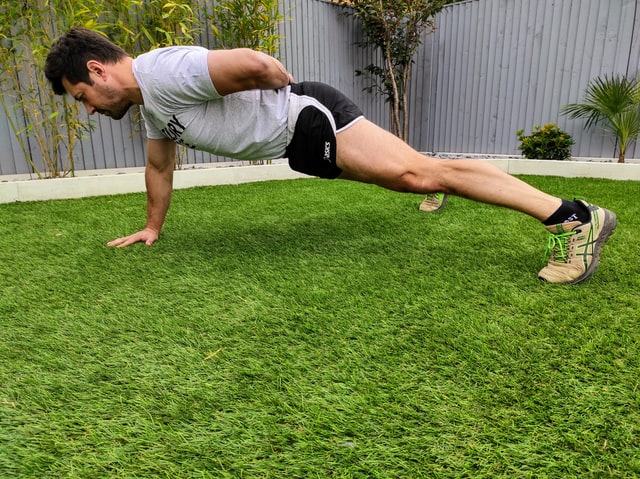
Weight-bearing exercise is any activity that requires the body to work against gravity while standing upright. As mentioned above, these exercises can be either high-impact or low-impact.
High-impact exercise should be avoided if you are at risk for bone fracture or injury due to any medical condition, such as osteoporosis. If you are not at risk, however, high-impact weight-bearing exercises like jogging or jumping rope provide the greatest bone-building benefit. That being said, don’t count out low-impact exercises. They’re also helpful and a viable alternative if high-impact exercise is out of the question.
With so many options to choose from, your best bet is to choose something you enjoy. Some examples of high-impact exercise include:
- Running and jogging
- Dancing
- Hiking
- High-impact aerobics
- Jumping rope
- Stair climbing
- Tennis
- Basketball
Low impact substitutions include:
- Elliptical
- Low-impact aerobics (such as water aerobics)
- Fast-walking
Related: 15 Tips for Maintaining Healthy Flexible Joints
Resistance Exercise
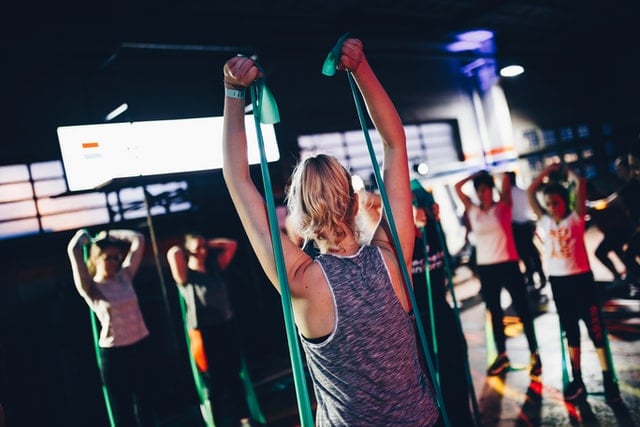
Resistance exercise is any exercise that requires you to move your body, a weight, or other resistance in opposition to gravity. It is another effective way to promote bone health. However, it is best used as a complement to high-impact weight-bearing exercise, rather than a replacement. There are many types of resistance exercises. Bodyweight options include movements like pushups, bodyweight squats, pullups, and dips. Free weight exercises like bench press, military press, and deadlift are also highly effective. While free weights are generally considered superior, weight lifting machines can also be employed. Another option is elastic resistance bands.
Cycling and Swimming
There are numerous other types of exercise that are very good for you overall but may not contribute to bone health in the same way as the exercises above. Among these exercises are cycling and swimming. While they definitely need not be avoided, as they promote strength, endurance, and cardiorespiratory health, as well as simply being enjoyed by many, they just don’t provide the same bone-strengthening benefits as the previously mentioned types of exercises.
Bone Strengthening Exercises for Younger Adults
The world is wide open in terms of applicable bone-strengthening exercises for younger adults. Adults under thirty-five have not yet reached their peak bone density and so have the best opportunity to protect against the gradual loss in bone density over time. In addition, because younger adults are more resilient than those older than thirty-five, they can engage in higher impact activities with a lower risk of permanent injury.
Some examples of excellent bone-strengthening exercises for young adults include bodyweight exercises such as pushups and pullups, running, ball sports (football, basketball, soccer, and more), trampolining, martial arts (tae kwon do, karate, kung fu, jiu jitsu), rock climbing, dancing, and racquet sports (tennis, racquetball, squash). There are endless options to choose from! It’s recommended that young adults engage in vigorous-intensity exercise at least three days per week.
Bone Strengthening Exercises for Adults Aged 35 and Over
As people grow older, it’s necessary to adjust the types of exercises they engage in. While many adults over thirty-five preserve very effective fitness levels, others do not. It’s important to pay careful attention to your fitness level when selecting exercises for a new program. While it’s important to engage in bone-strengthening exercise at this age, it’s also critical to avoid injury if possible. Injuries can result in a drastic decrease in training progress.
Good exercises for adults over 35 include moderate-resistance weight lifting, brisk walking, stair climbing, carrying and moving heavy loads like groceries, heavy gardening (digging and shoveling), cross-training machines, and resistance bands. Adults of this age should do muscle-strengthening exercises at least two days per week.
Considerations for Those at High Risk of Fracture
It’s important to pay attention to your current health status when beginning any new exercise routine. People at high risk of fracture have special considerations when it comes to selecting and engaging in exercise. While it’s important to keep moving for bone health and overall health, it’s necessary to balance that need with the risk of injury. As a result, a gentler approach to exercise activity should be taken. This means avoiding high-impact activities such as racquet sports and running. It might also mean avoiding things like yoga and pilates that require a great deal of bending forward. Some great options for those with fracture risk are bodyweight strength training, stair climbing, low-impact aerobics, walking, tai chi, and flexibility exercises.
Considerations for Those with Osteoporosis
People with osteoporosis should be aware of their health status. It’s possible that if there is a fracture risk involved, it will be necessary to avoid high-impact exercise. However, if you are otherwise fit and healthy, engaging in a regular exercise routine can only help improve bone strength.
Looking for a supplement to help with bone and joint health? Consider Bone Essense.
Before you Start
Check with your doctor if you are unsure how healthy your bones are or if you are unsure which exercise to choose before starting any exercise programs. This might include a bone density measurement test such as a DEXA scan or fitness assessment to ensure you are not at higher risk of fractures or falls. In the meantime, start off with gentler exercises until you assess what is best for you.
Movements to Avoid
While it is important to exercise to strengthen your bones, it is just as important to know what movements should be avoided or done more carefully. High impact exercises, bending, and twisting are all movements that should be done with caution for those new to exercising or who have osteoporosis. These movements can put a strain on your bones and joints and put you at a higher risk of fractures. If you are unsure whether to do these exercises, consult your doctor before starting.
Bottom Line
Exercise should be a lifelong activity. The earlier someone begins doing bone-strengthening exercise, the sooner they will begin to reap the benefits. It’s possible to prevent or slow many of the potential dangers of aging by creating and sticking to an effective exercise program.
A person's exercise program should include a combination of more than one type of exercise. Overtraining in a single type can result in potentially serious injury. As a result, look for a program that includes both cardiorespiratory and muscle-building work.
In addition, unless otherwise indicated, opt for a program that includes regular high-impact weight bearing activity. This category of exercise has been demonstrated to provide the greatest benefit to individual bone density and strength. Because this can't be engaged in perpetually, interspersed training sessions with muscle-building activity. Then, you'll be on your way to strong and healthy bones well into your later years.
Related: Types of Exercise and Why You Should Do More Than One
© 2021 Best in Nature All rights reserved




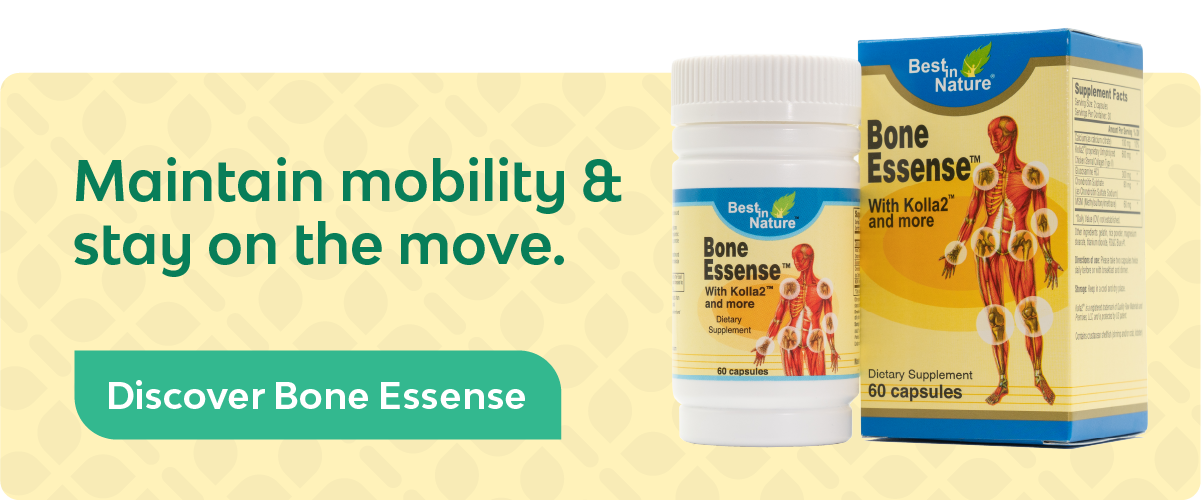


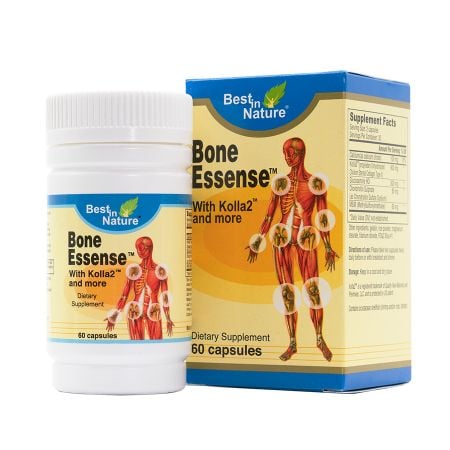
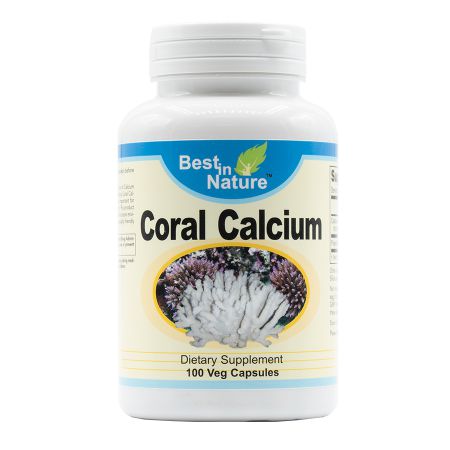
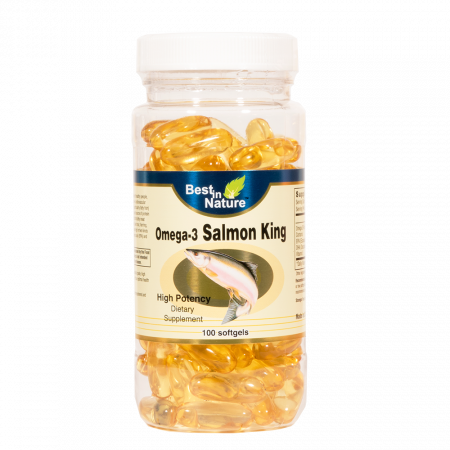
Validate your login
Sign In
Create New Account